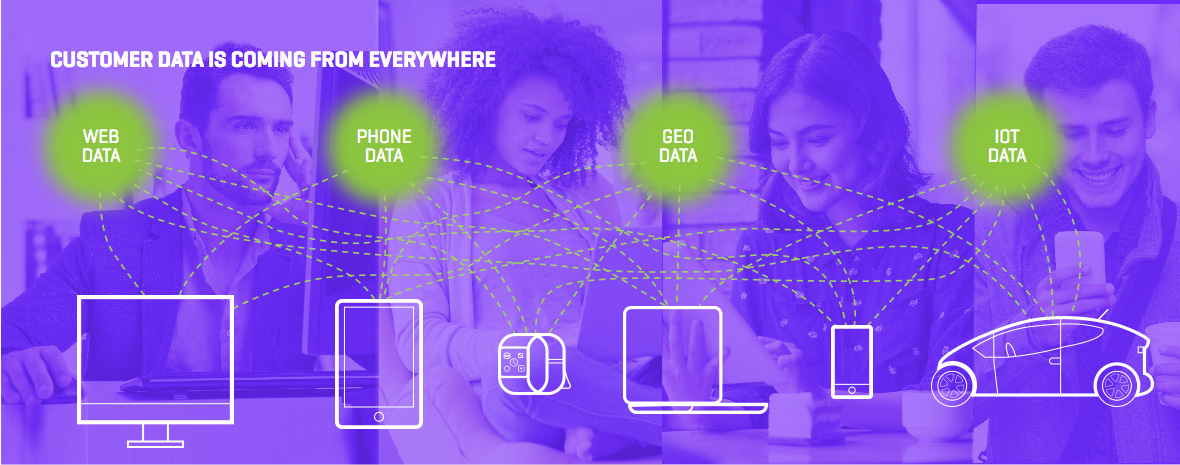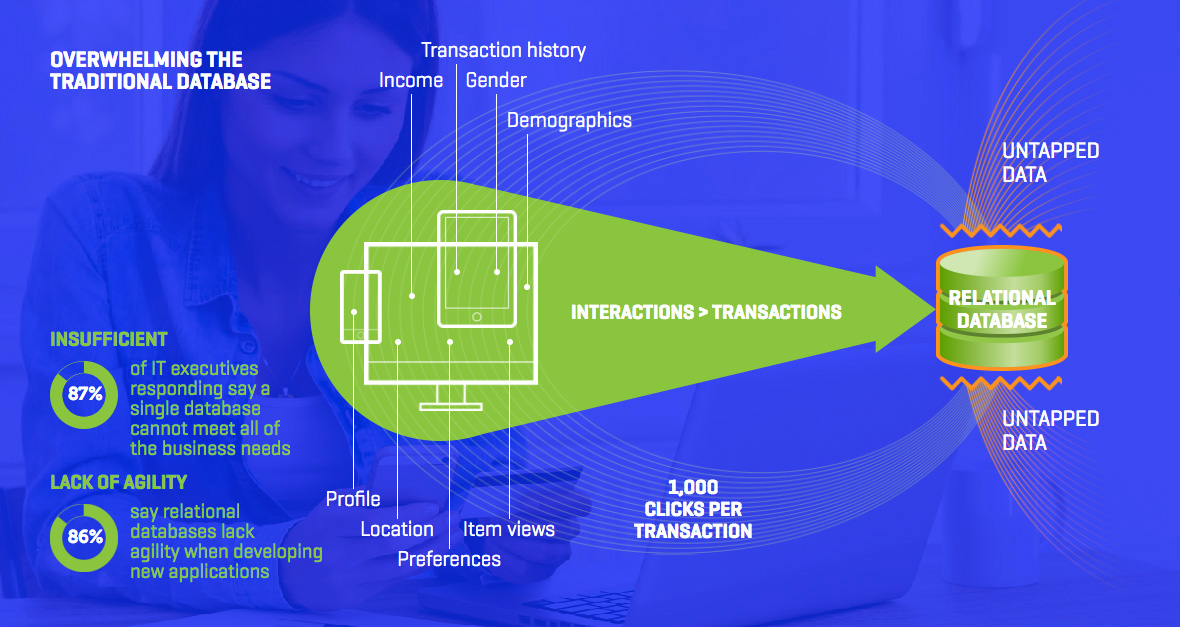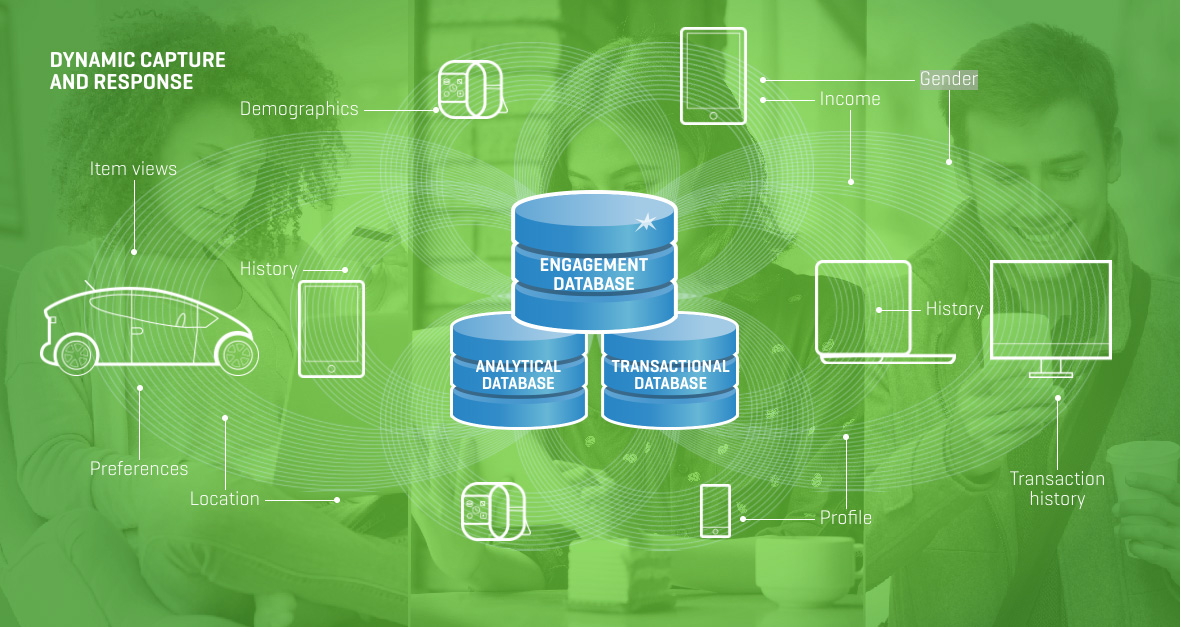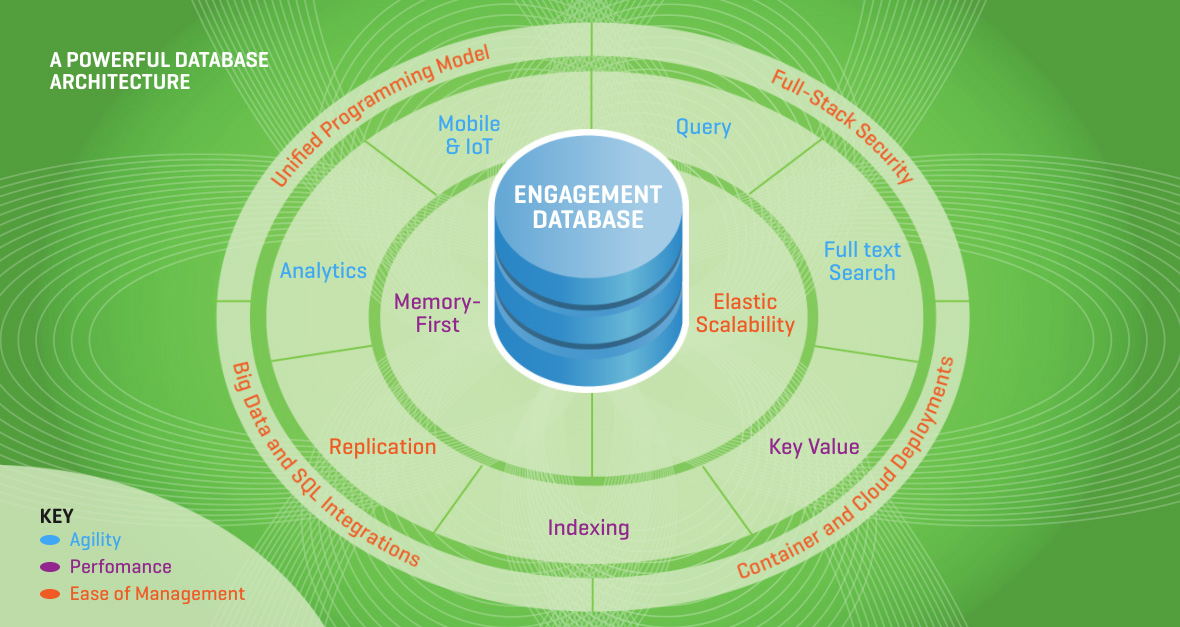Today's Customers
Today's customers expect to have a fully satisfying experience every time they interact with a company. But the nature of those interactions has changed dramatically over the past decade. The proliferation of mobile devices, the expansion of e-commerce, and the initial implementations of the Internet of Things all have created an environment where customer contact is more frequent and more varied than ever before.










